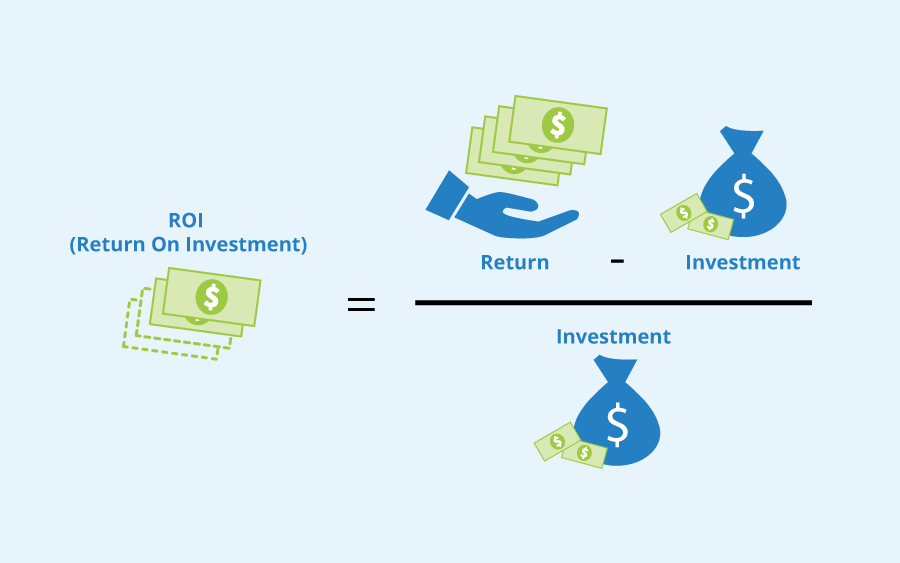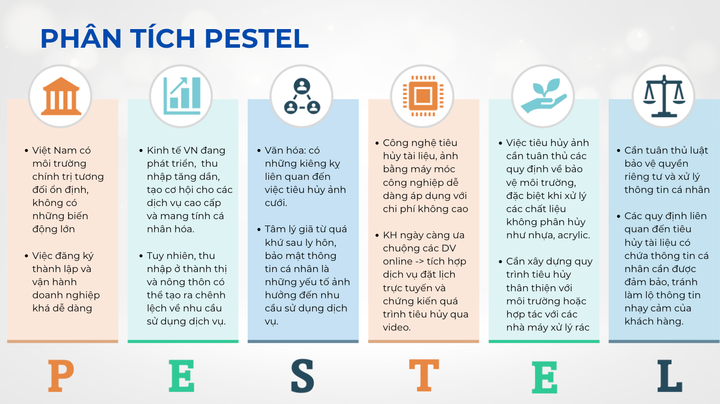Maximizing Your Investments: A Comprehensive Guide to Calculating ROI in Project Management

Return on Investment (ROI) is a pivotal metric in the realm of project management, as it empowers project managers to assess the efficiency and profitability of their projects. This post will explore the significance of ROI in project management, shedding light on why it's indispensable and providing you with a step-by-step guide on calculating ROI within the project management context.
Understanding ROI in Project Management
In the context of project management, ROI denotes the returns generated by a project relative to the resources invested. These resources encompass not only financial investments but also invaluable assets like time and effort. A deep comprehension of ROI within project management equips project managers to make informed decisions and efficiently allocate resources.
Why is ROI Important in Project Management?
- Prioritization: Project managers frequently deal with numerous projects, each vying for limited resources. Calculating ROI helps in identifying and prioritizing projects that promise the most significant returns, thereby ensuring optimal resource allocation.
- Performance Evaluation: ROI is instrumental in evaluating a project's effectiveness. This evaluation is crucial for refining strategies, enhancing project outcomes, and justifying the project's existence to stakeholders.
- Risk Mitigation: Analyzing ROI assists in identifying high-risk projects. Projects with a low projected ROI may warrant reconsideration, adjustment, or even discontinuation to mitigate potential losses.
How to Calculate ROI in Project Management
Calculating ROI in project management necessitates a comprehensive approach that considers various factors. The formula for ROI is as follows:
ROI = (Net Project Benefits - Project Costs) / Project Costs
- Net Project Benefits: This encompasses all the positive outcomes the project is expected to deliver, including increased revenue, cost savings, and other benefits.
- Project Costs: These encompass all expenses associated with the project, such as personnel, equipment, materials, and other required resources.
Example:
Suppose you are overseeing a project with a total investment of $100,000, and it is projected to generate $150,000 in combined revenue and cost savings. The calculation for ROI would be as follows:
ROI = ($150,000 - $100,000) / $100,000 = 50%
Interpreting ROI in Project Management
- Positive ROI: A positive ROI indicates that the project is expected to yield a net benefit. In our example, a 50% ROI signifies that the project is anticipated to provide a 50% return on the initial investment.
- Negative ROI: A negative ROI suggests that the project is not projected to generate enough benefits to cover the costs. Project managers may need to reconsider, adjust, or cancel such projects.
- Comparative Analysis: To make well-informed decisions in project management, it's essential to compare the ROI of different projects. Projects with a higher ROI are typically more attractive, but other factors like risk, timelines, and strategic alignment should also be considered.
Conclusion
Within the domain of project management, ROI stands as a powerful tool for assessing project efficiency, making informed decisions, and optimizing resource allocation. By adhering to the ROI formula and taking all relevant project costs and benefits into account, project managers can confidently evaluate and compare the return on their projects. Embracing the concept of ROI in project management not only leads to better decision-making but also enhances the overall success and profitability of your projects. Implement these practices, and you'll be on your way to optimizing your project management endeavors.



Comments ()